The truth over your head
July 6, 2025 at 6:00 a.m.By Guardian Roofing, Gutters & Insulation.
Before the ladder goes up, here’s why roof inspections matter more than you think.
Whether it’s the aftermath of a storm or the quiet before one, your roof tells a story, and a professional inspection is the only way to hear it clearly. In a region where moss grows faster than rumors and rain tests every seam, skipping your annual roof check isn’t just risky; it’s costly. Homeowners are learning the hard way that what you don’t see on your roof can hurt you. Guardian Roofing knows that a smart inspection doesn’t just uncover problems; it gives you leverage, options and peace of mind. Here's what really happens during a roof inspection and why it’s anything but routine.
1 – Visual inspection from the ground
Your roof inspection will usually begin with a ground-level walkthrough. This allows the inspector to assess the overall structure and identify potential problem areas before climbing up.
General condition: The inspector evaluates the shape and surface of your roof, gutters and downspouts. They’ll look for visible wear, sagging sections or inconsistent lines.
Signs of damage: From the ground, the inspector may spot curled, missing or cracked shingles — common signs of age or storm damage. Moss or algae growth is also a big concern and can indicate moisture issues.
Attic ventilation clues: Inadequate ventilation can often be spotted from the exterior, such as blocked soffit vents or ice dams in colder months.
2 – On-the-roof inspection
Once it’s safe, the inspector will get a closer look by walking the roof (if the conditions and pitch allow).
Roof surface: They’ll check the condition of shingles or tiles, looking for cracks, blistering, soft spots or granule loss.
Flashing and fasteners: Flashing around chimneys, skylights and vents will be examined for rust, lifting or gaps. Fasteners are also checked to ensure they haven’t pulled loose or corroded.
Roof structure: Inspectors check for signs of sagging or uneven decking, which may point to underlying structural problems.
Chimney and gutters: Your chimney will be checked for cracks, missing mortar or issues with the chimney cap. Gutters and downspouts will be inspected for sagging, clogs or leaks.
3 – Interior roof and attic inspection
Many roofing problems originate from inside the home. That’s why the attic and upper interior are just as important to inspect.
Water damage: Stains on the ceiling or in the attic, musty smells and mold growth are all red flags.
Ventilation and moisture: Inspectors will check for signs of poor ventilation, like condensation on attic surfaces or damp insulation.
Structural integrity: Sagging beams, cracked trusses or signs of rot can indicate serious structural issues.
4 – Report and recommendations
After completing the inspection, you’ll receive a detailed report that outlines:
Findings: A summary of the roof’s condition, including any damage or areas of concern.
Photos: Visual documentation to help you understand exactly what was found.
Recommendations: A list of suggested repairs, maintenance tips or replacement options if needed.
Insurance support: Your report can often be used when filing homeowners’ insurance claims for roof damage.
What makes a Guardian Roof inspection different?
At Guardian Roofing, we prioritize going beyond a basic visual check. Our certified roof inspectors use a comprehensive checklist tailored to wet, windy and moss-prone climates. Here’s why homeowners trust us:
Safety and professionalism: Our team follows strict safety protocols and comes fully prepared to inspect every detail of your roof system.
Clear communication: We explain everything in plain language — no jargon, just facts you can understand and act on.
Integrated services: If your inspection uncovers issues with gutters, insulation or attic ventilation, our in-house teams can handle it all without juggling multiple contractors.
When should you schedule a roof inspection?
- After a major storm or wind event
- If you notice leaks, moss growth or ceiling stains
- Before listing your home for sale
- As part of annual or seasonal maintenance
If you’re wondering, “How often should I get my roof inspected?” — once a year is a good rule of thumb, especially in the areas where the climate takes a toll on roofing systems.
Original article and photo source: Guardian Roofing
Have a question? AskARoofer.
Find your local roofing contractor in the AskARoofer™ Contractor Directory.
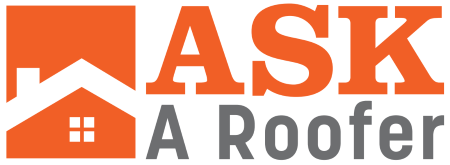



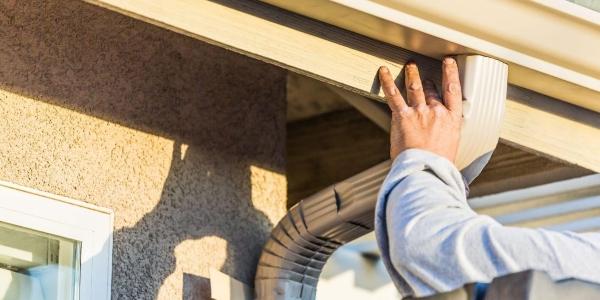
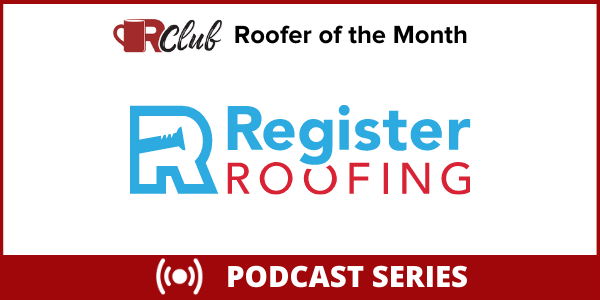
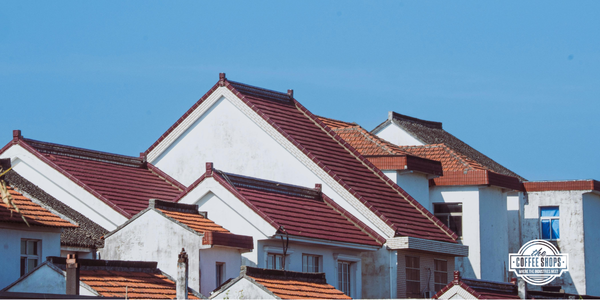
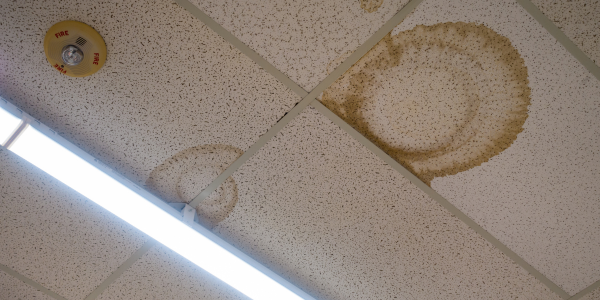






Comments
Leave a Reply
Have an account? Login to leave a comment!
Sign In